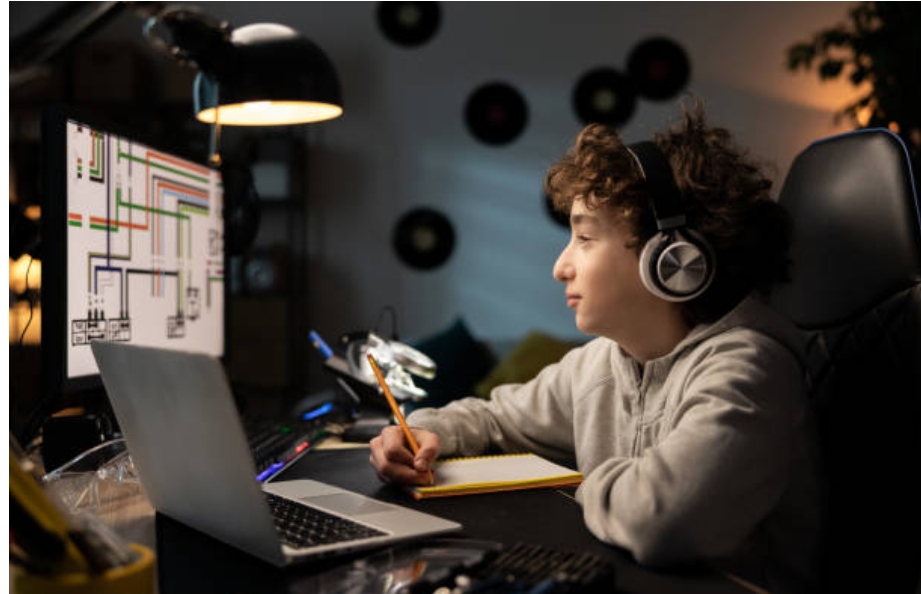BLOG
How Does AI-Powered 3D Model Generation Enhance Prototyping for 3D Printing?

In the ever-evolving landscape of technology, the advent of AI-powered 3D model generation is reshaping the way designers approach prototyping, particularly in the realm of 3D printing. By utilizing 3D AI tools, users can generate custom 3D models from images or text in seconds, leading to increased efficiency and creativity. This transformation has significant implications not just for 3D printing, but also for industries like game development, where rapid prototyping can be crucial for success.
The Role of 3D AI in Prototyping
The application of 3D AI in prototyping has made a significant positive impact on how inventors develop their creation. Conventional development of a prototype took design cycles; modelers, texturers and asset polishers contributed immensely. Fortunately, using a tool like a 3D AI model generator should help speed up this process significantly. Users can put together even rather complex models in no time so the models can be tested as soon as they are developed.
For example, if a designer would like to create a new product or a new asset for a game, they need only draw it or tell it in words. In a few minutes, they can get a ready to print 3D model of an element that is uniquely modeled after them. It also makes the generation of this rapid generation process take less time as compared to the time-consuming work of manual modeling.
Time Savings and Efficiency
This automatically indicates that when 3D AI is used for prototyping, a lot of time is saved. With conventional modeling methodologies, a model can take days or weeks to build based on the design involved. However a 3D AI generator is capable of generating a model in seconds whereas in the traditional method the whole process can take hours. This efficiency enables the designers to concentrate on the evolution of their ideas without being constrained and stuck in the mechanical process of 3D modeling.
For instance, in game developmental fields, where assets’ needs fluctuate or change from time to time on the field, having a chance to create a custom 3D game asset in a few blinks of an eye is something worth having. It is also helpful for the developers to test some new concepts, experiment and alter gameplay, and design in near-real time. Likewise in the product design, this fast pace means that the prototypes are quickly produced then can be tested quickly to get feedback and make changes if needed.
Cost-Effective Solutions
In addition to time, there are considerable costs that can also be eliminated by using the proposed 3D AI generator. To employ professional 3D artists or buy ready-made assets may cost available resources very high, for instance, small firms or beginner game designers. Teams can slash costs greatly by using AI in the generation of the model.
For example, a startup company that wants to create a new gadget wants to prototype it. 3d AI helps when incorporated into product development instead of the inability to afford high price modeling software or hiring multiple designers who will come up with different versions. The financial savings enable those teams to direct the finances towards other strategic places, for instance marketing or more research and development.
Customization and Flexibility
The final benefit of getting a 3D model generated by means of an AI solution is that it can be fine-tuned to the maximum extent. The germs, which can be such basic pointers, pictures or even sketched designs can promptly be directly fed into the program to design models as intended. This flexibility is particularly advantageous, specifically in disciplines where specialized designs are critical to product differentiation.
For instance, in 3D game development, developers often require diverse assets that cater to various gameplay scenarios. A 3D AI model generator enables them to produce unique characters, environments, and objects that enhance the overall gaming experience. In the realm of 3D printing, this ability to create tailored prototypes means that products can be developed that are specifically suited to the target audience, maximizing functionality and appeal.
Enhancing Collaboration and Innovation
AI-powered 3D model generation also fosters collaboration and innovation. In a typical design workflow, multiple team members may contribute to the prototyping process, which can complicate communication and slow down progress. However, with 3D AI tools, teams can easily share generated models for feedback and collaborative editing. This transparency accelerates the decision-making process, enabling designers to iterate quickly based on team input.
Moreover, the ability to experiment with numerous designs in a short time frame encourages a culture of innovation. Teams are more likely to explore unconventional ideas when they can generate multiple prototypes quickly and inexpensively. This creative freedom can lead to breakthrough products and solutions that stand out in the marketplace.
Applications Beyond Prototyping
While the focus of this discussion is on prototyping, the implications of 3D AI extend into various domains, including manufacturing, architecture, and even healthcare. For instance, in medical applications, AI-generated models can be used for creating patient-specific implants or anatomical models for surgical planning. The rapid generation of these customized solutions can greatly enhance patient outcomes and streamline medical processes.
Conclusion
Deep immersion of artificial intelligence into the process of 3D model generation is undoubtedly becoming the hallmark of the future of prototyping in 3D printing. Using 3D AI tools such as Generative Design, a designer is able to get what would have otherwise been time-consuming and expensive, powerfully fast and while at the same time, offering possible design variations with an unmatched levels of customization and flexibility. From the gaming industry to product design to health care, the application of 3D AI is multi-fold and significantly boosts sales and utility.
With the advancement in technology in the design process the incorporation of AI will only become more complex. Unleashing how 3D AI can further improve prototyping is a promising indication in achieving better and innovative solutions to many different fields. The adoption of this technology is no longer a mere choice but a virtue that those who want to succeed in what they do because of the stiff competition that is likely to ensue.











